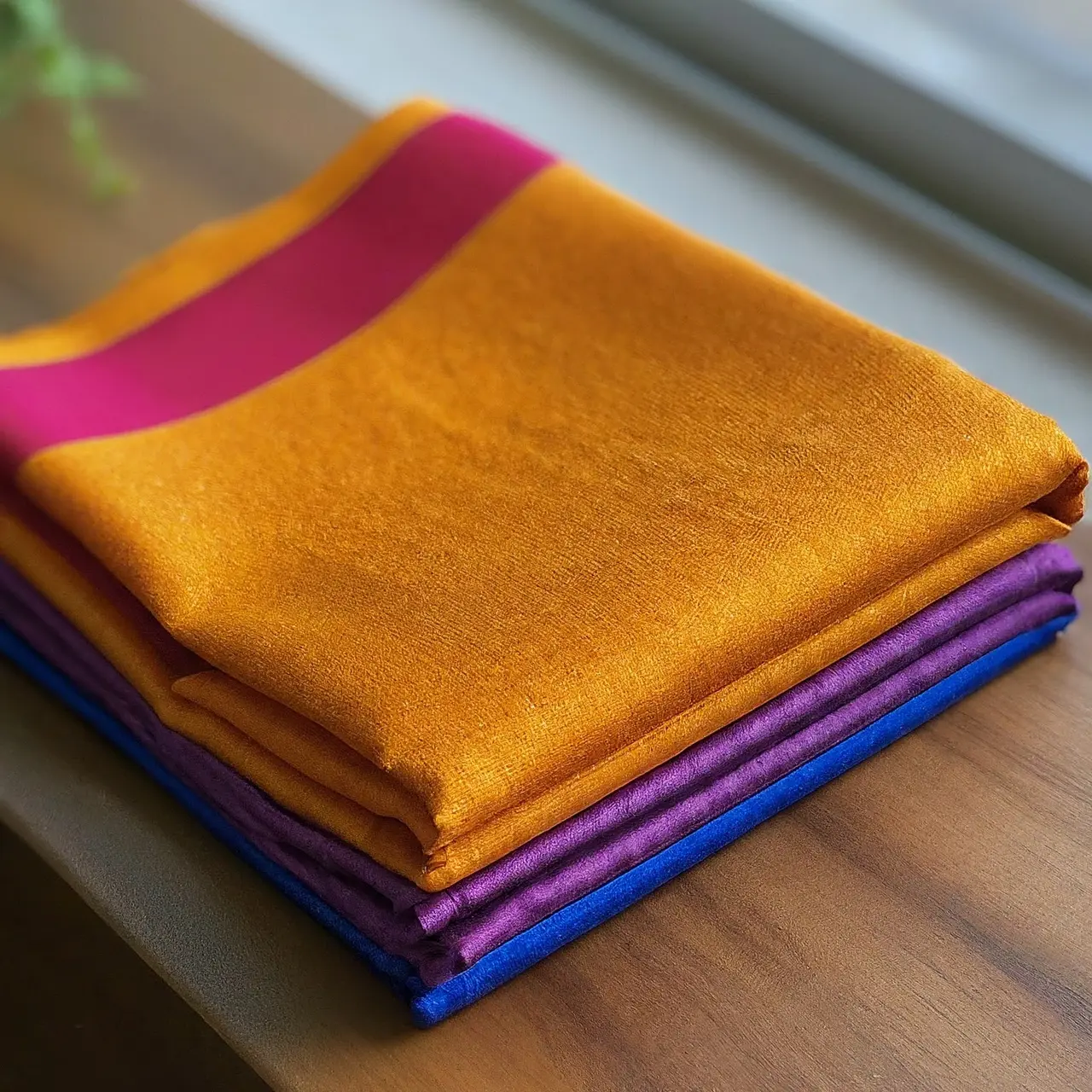The Ultimate Guide to Maintaining Your Silk Sarees for Generations
Silk sarees are not just garments; they are heirlooms, cherished by generations and rich in cultural significance. From their vibrant colors to the intricate designs, each piece tells a story that is worth preserving. This guide will walk you through the essential steps to ensure your silk sarees remain as timeless as the memories they hold.
Understanding the Elegance of Silk Sarees
Silk sarees symbolize tradition and timeless beauty, weaving together centuries of craftsmanship and cultural identity. Each saree carries within its threads a piece of history, a story of skill, and a palette of vibrant colors that capture the essence of India’s rich heritage. Understanding its value goes beyond appreciating its aesthetics; it involves recognizing the painstaking effort and dedication of the weavers who bring these masterpieces to life.
The Basics of Silk Saree Care
Maintaining silk sarees begins with understanding their delicate nature. Unlike other fabrics, silk demands special attention, from avoiding direct sunlight that can fade its vibrant colors to using the right kind of detergents. A fundamental rule is always to dry clean your silk sarees, especially the first few times, to preserve the fabric’s integrity and the brilliance of its colors. Regular care also includes gentle handling to prevent snags and tears in the delicate threads.
Washing Techniques for Preserving Silk Sarees
Washing silk sarees at home requires patience and a gentle touch. Use cool water mixed with a mild detergent, and gently handwash the saree without twisting or wringing it, which could damage the fibers. For sarees with heavy embroidery or embellishments, spot cleaning is recommended to avoid harming the intricate designs. Rinsing the saree in saltwater can also help retain its vibrant hues.
After washing, avoid squeezing out the water, which can misshape the saree. Instead, gently roll it in a clean, dry towel to absorb the excess moisture. Always air dry silk sarees in a shaded area because direct sunlight can cause the colors to fade.
Storing Your Silk Sarees the Right Way
Correct storage is crucial in preserving the quality and beauty of silk sarees. Store them in a cool, dry place away from direct sunlight to prevent fading and deterioration of the fabric. Wrap each saree in a soft cotton cloth or muslin to protect it from dust and moisture, and avoid hanging them on metal hangers, which can oxidize and stain the fabric. Storing in crowded spaces can lead to creases and damage the saree’s weave, so give them ample space.
Repairing and Restoring Aged Silk Sarees
Time and wear can take their toll on even the best-maintained silk saree. However, many age-related issues such as tears, loose threads, or fading can be addressed by skilled restorers. Identifying damage early and consulting with a professional about the best course of action can breathe new life into a cherished saree, allowing its story to continue across generations.
Passing Down Silk Sarees Through Generations
Silk sarees often carry emotional and cultural significance, making them cherished family heirlooms. Passing down these beautiful pieces requires a commitment to preserving their condition and their histories. Share the stories and the care instructions with each new generation, ensuring these exquisite silk sarees remain not just symbols of tradition but vibrant connectors to our past and future.
Weaving Legacies with Silk Sarees
In the tapestry of tradition, silk sarees stand out for their elegance and durability. But their longevity greatly depends on the care they receive throughout the years. With the right practices in washing, storing, and repairing, these magnificent pieces of art can continue to grace our lives and those of future generations. Embracing these methods means not just maintaining a fabric but preserving a legacy.






